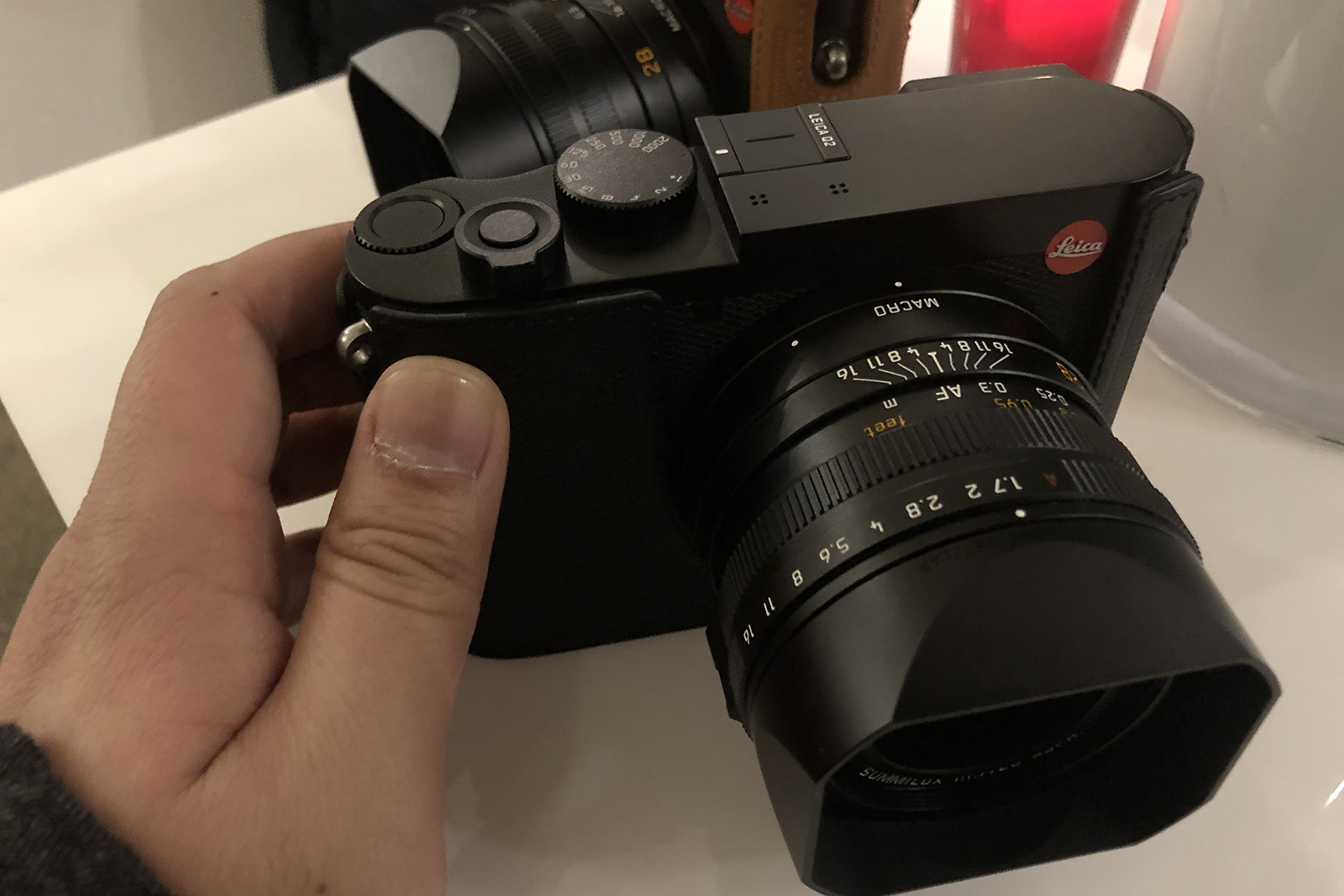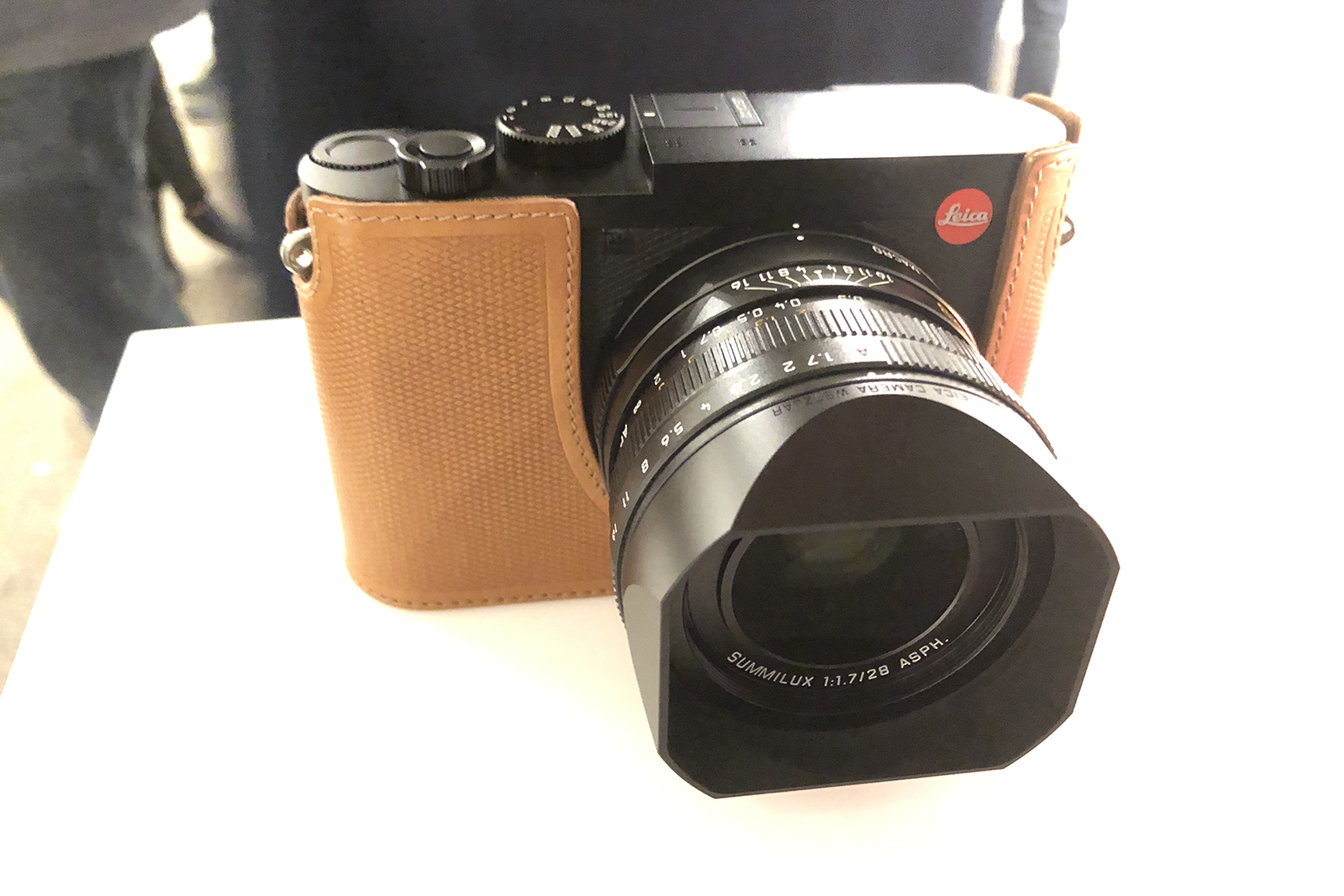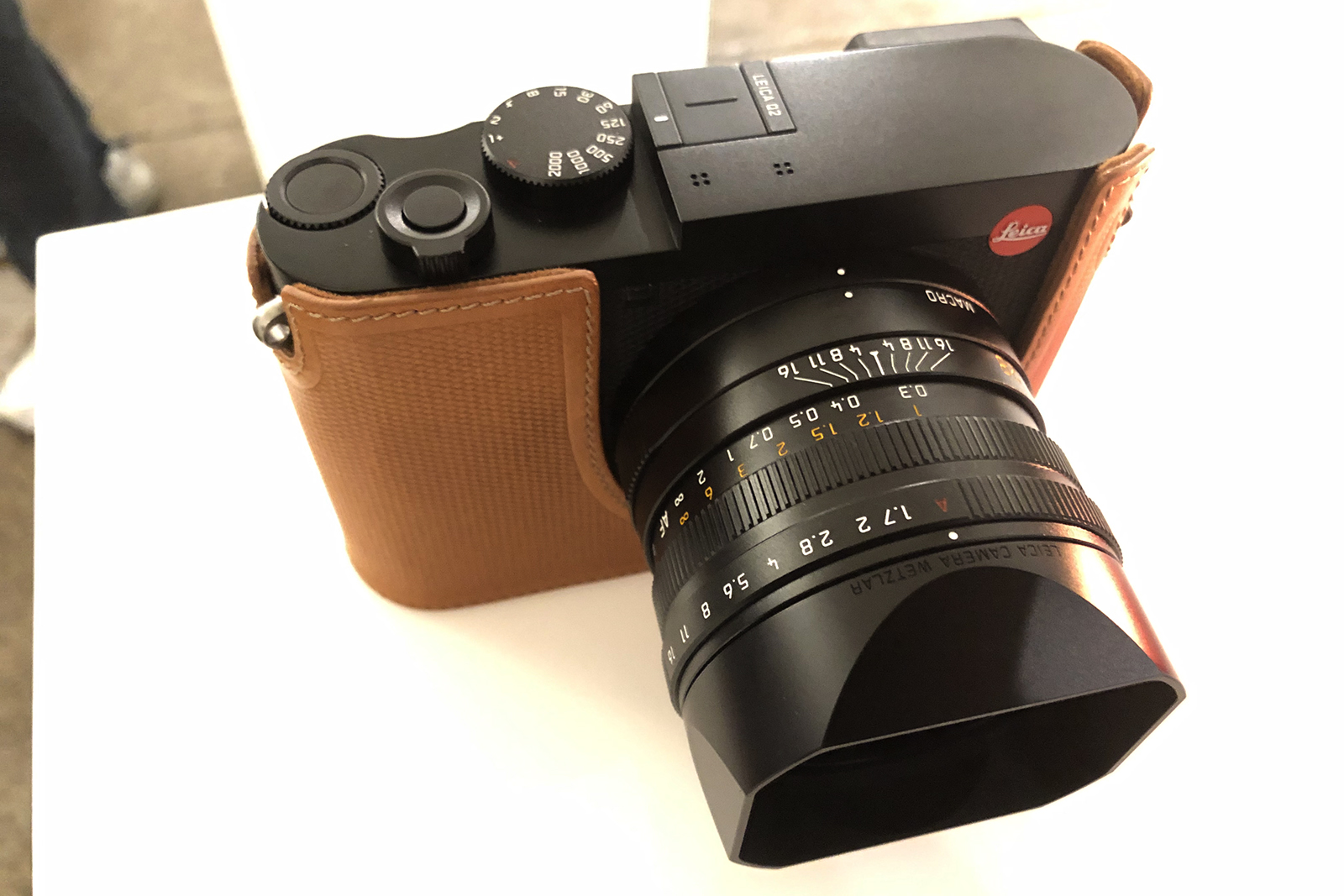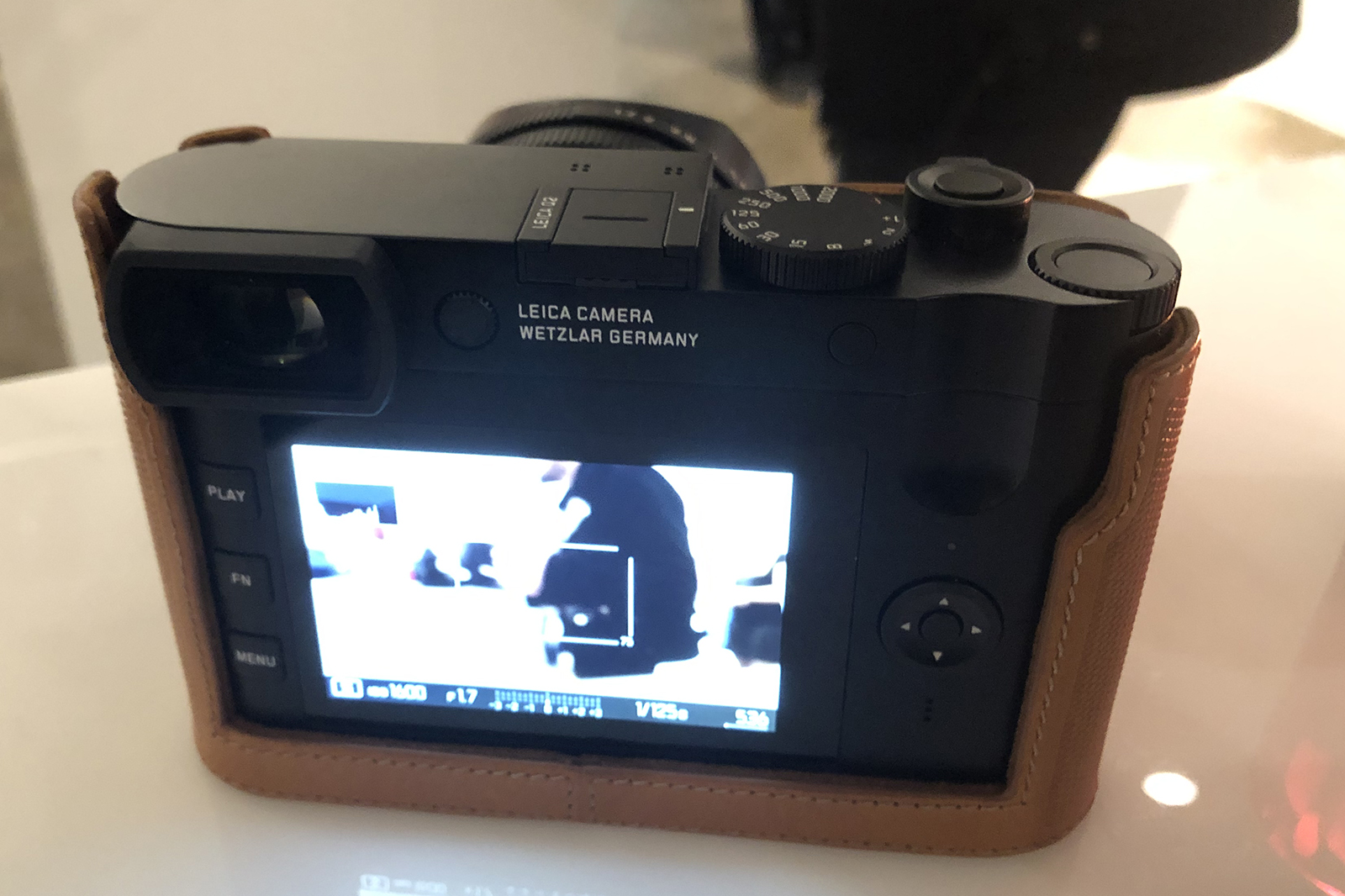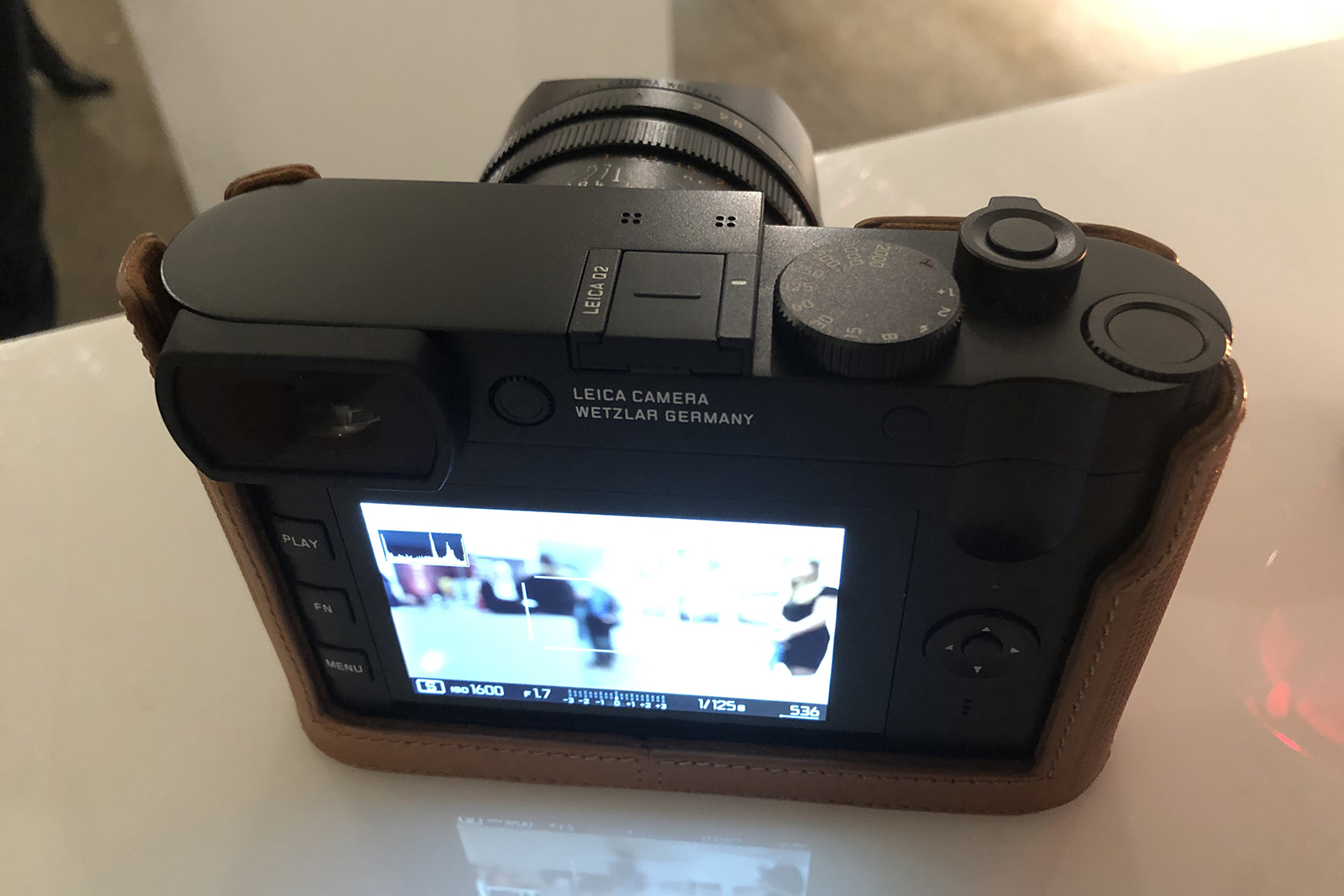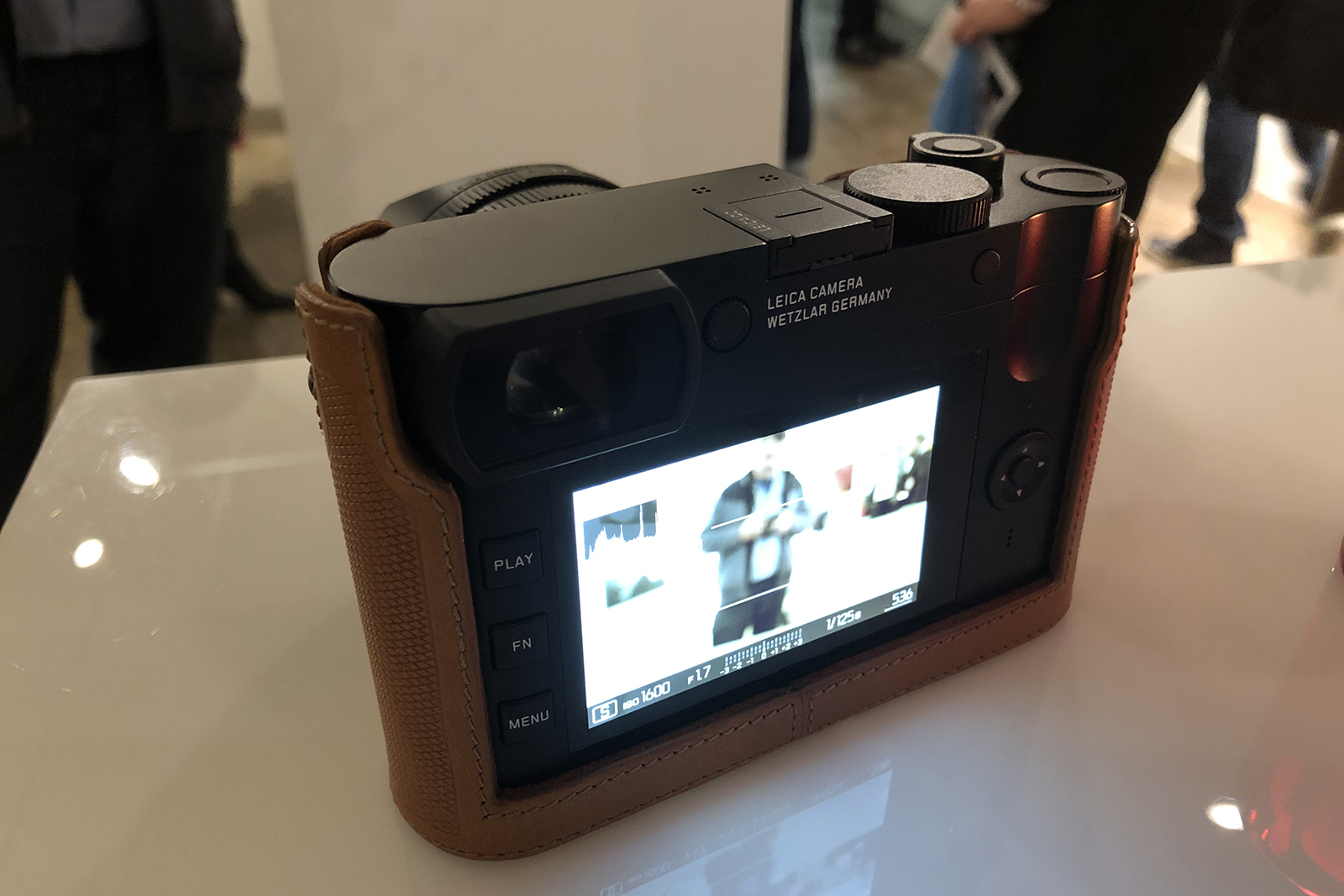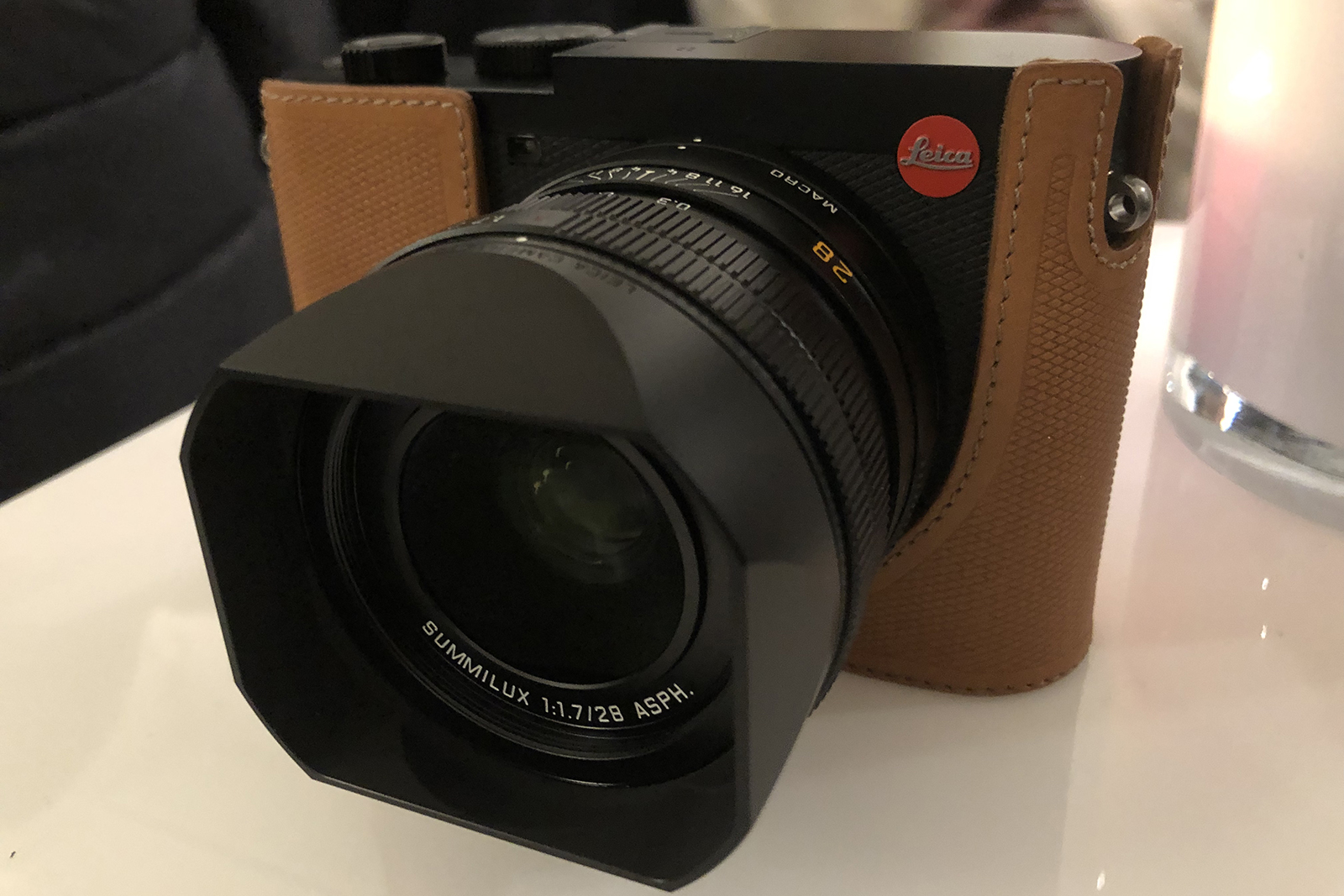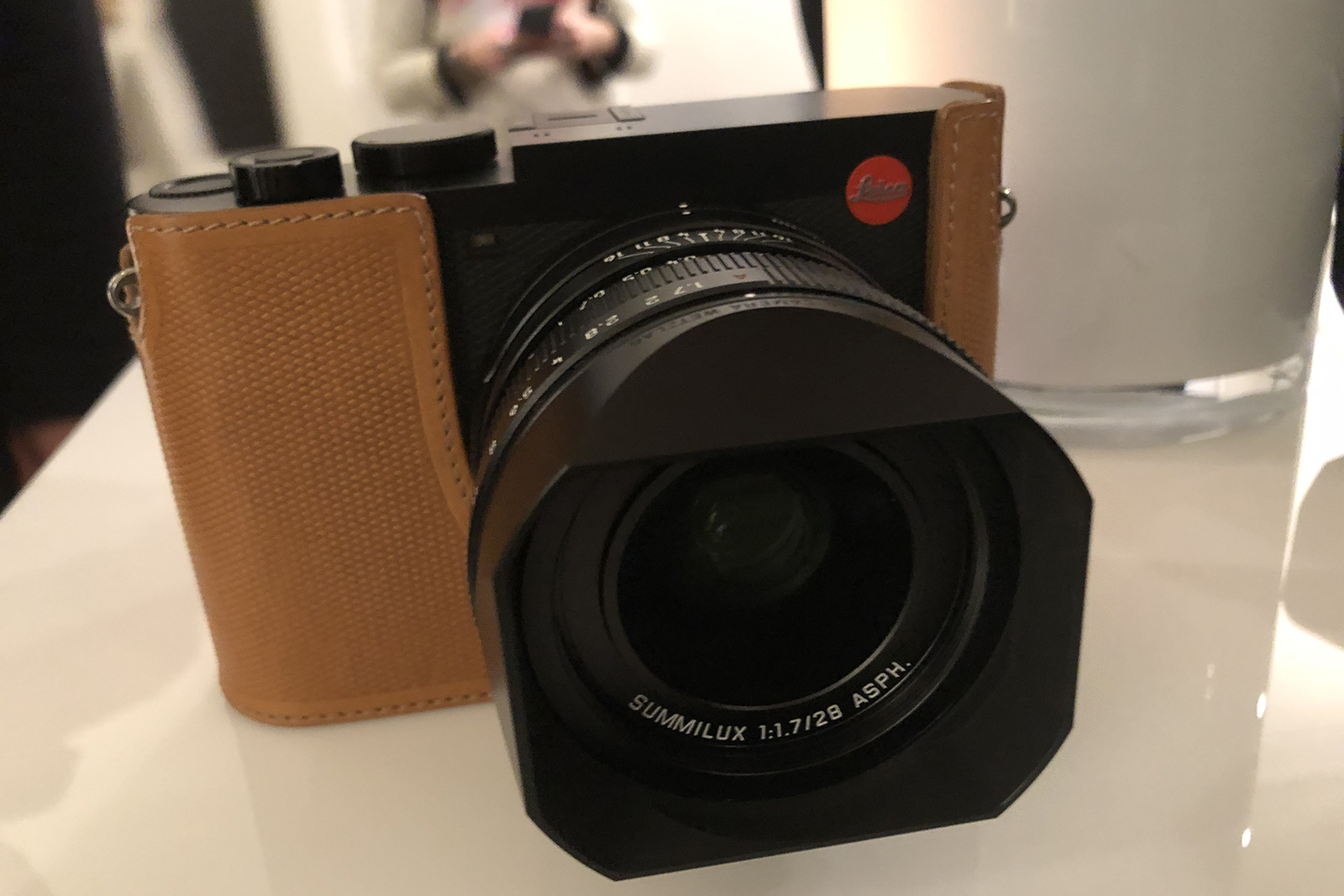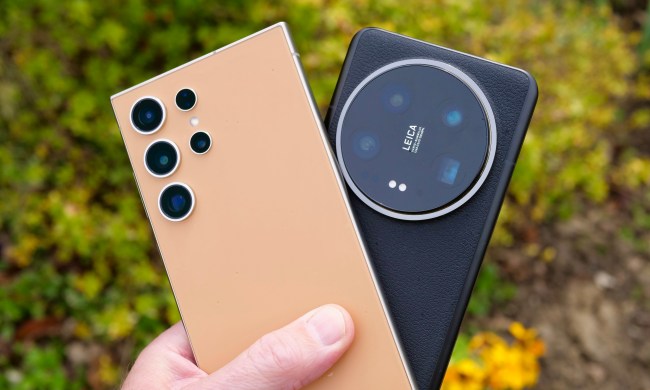Leica’s compact, full-frame street shooter just got a serious boost in resolution. On Thursday, March 7, Leica unveiled the Q2, a fixed lens camera packing in a 47.3-megapixel full frame sensor (likely similar to the one in the Panasonic Lumix S1R), updated processor, new viewfinder, and new weather-sealing.
Like its predecessor, the Leica Q2 is a full-frame camera with a Summilux 28mm f/1.7 ASPH lens permanently fixed to the front in a design the company promotes as ideal for street photography, architecture, and travel. The second generation moves from a 24-megapixel sensor up to 47.3 megapixels. The resolution boost also carries over to video, with the Q2 capable of capturing Ultra HD 4K (3,840 x 2,160) at 30 frames per second and DCI 4K (4,096 x 2,160) at 24 fps. Full HD is still available, with framerates up to 120 fps for slow-motion.
Despite the increase in resolution, the Leica Q2 keeps the same 10 fps continuous shooting speed, thanks in part to a new processor. The previous generation boasted the fastest autofocus in the full-frame compact category, and Leica continues that same thread with claims of “lightning-fast autofocus” in the Q2. (The full-frame compact category is quite small; the only other real competitor is the Sony RX1R II announced in 2015.) The mechanical shutter maxes out at 1/2,000th of a second while the electronic heads up to 1/4,000th of a second. The flash sync speed is a high 1/500th of a second.
The Summilux 28mm f/1.7 lens affixed to the front offers a wide-angle perspective but promises minimal distortion. The bright lens also has a macro mode available for close-up work.
The Leica Q2 maintains a similar feel to its predecessor, with an all-black body and red Leica logo. It weighs in at 22.6 ounces which, considering it has a built-in lens, is quite light. Unlike the original Q, the Q2 body sports weather-sealing throughout, and a refined layout for the buttons on the back of the camera. A new 3.68-million-dot OLED electronic viewfinder is joined by a three-inch, 1.04-million-dot LCD monitor. The top of the camera houses a shutter speed dial, control dial, shutter release, and hot shoe.
We spent a very brief time with the Leica Q2 at a launch event and it felt solid in the hands. In the few minutes we were able to spend with the camera, we were impressed by the low-light quality and the macro mode. Image quality, in as much as we could judge it by zooming in to pictures on the LCD screen, looked very good.
The original Leica Q launched in 2015, while Leica followed up with special edition models like the Q-P, which uses an even more minimalist design without the red logo.
The Leica Q2 is set to go on sale beginning today, for a list price of $4,995, above the original Q’s price of $4,250.
